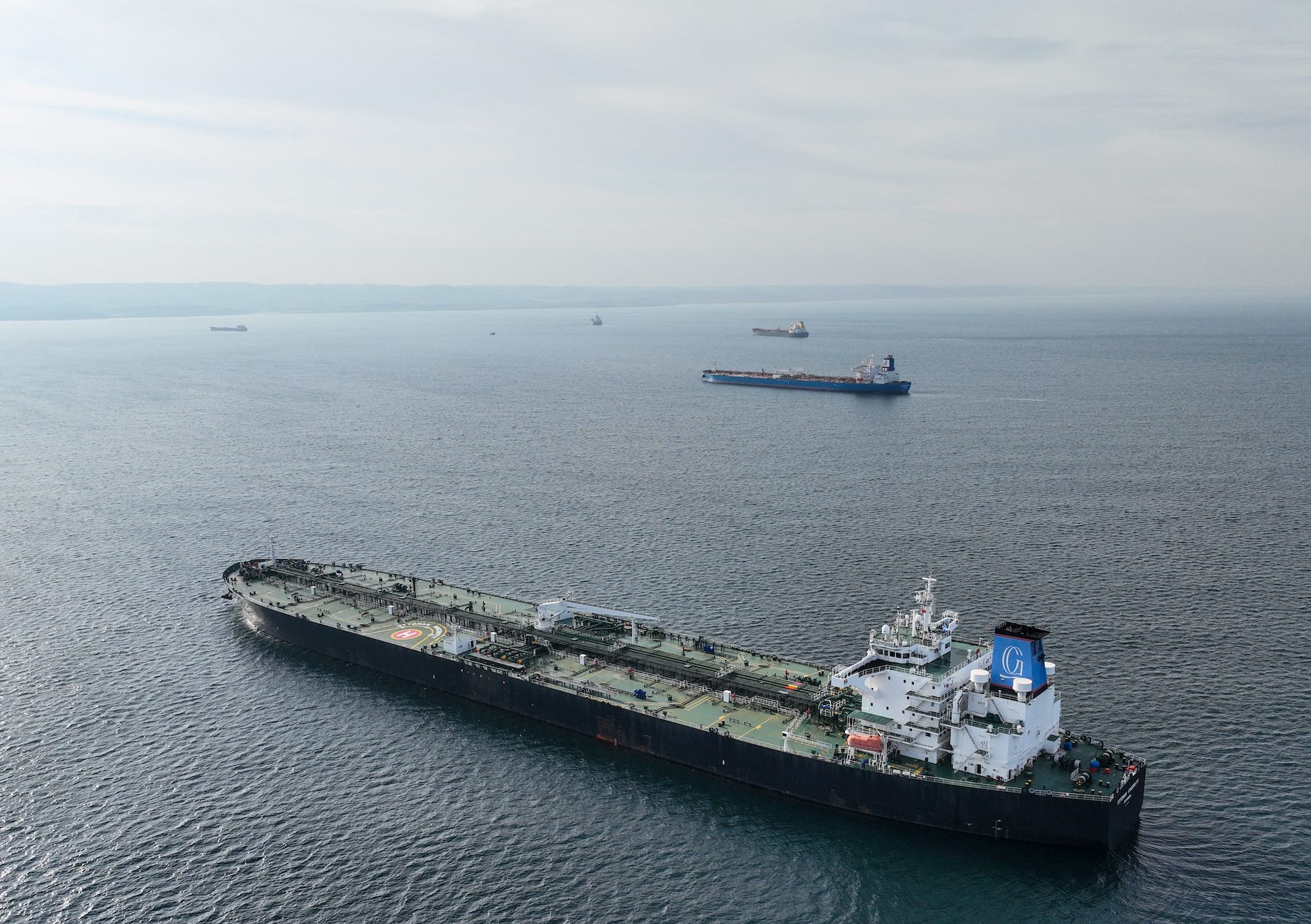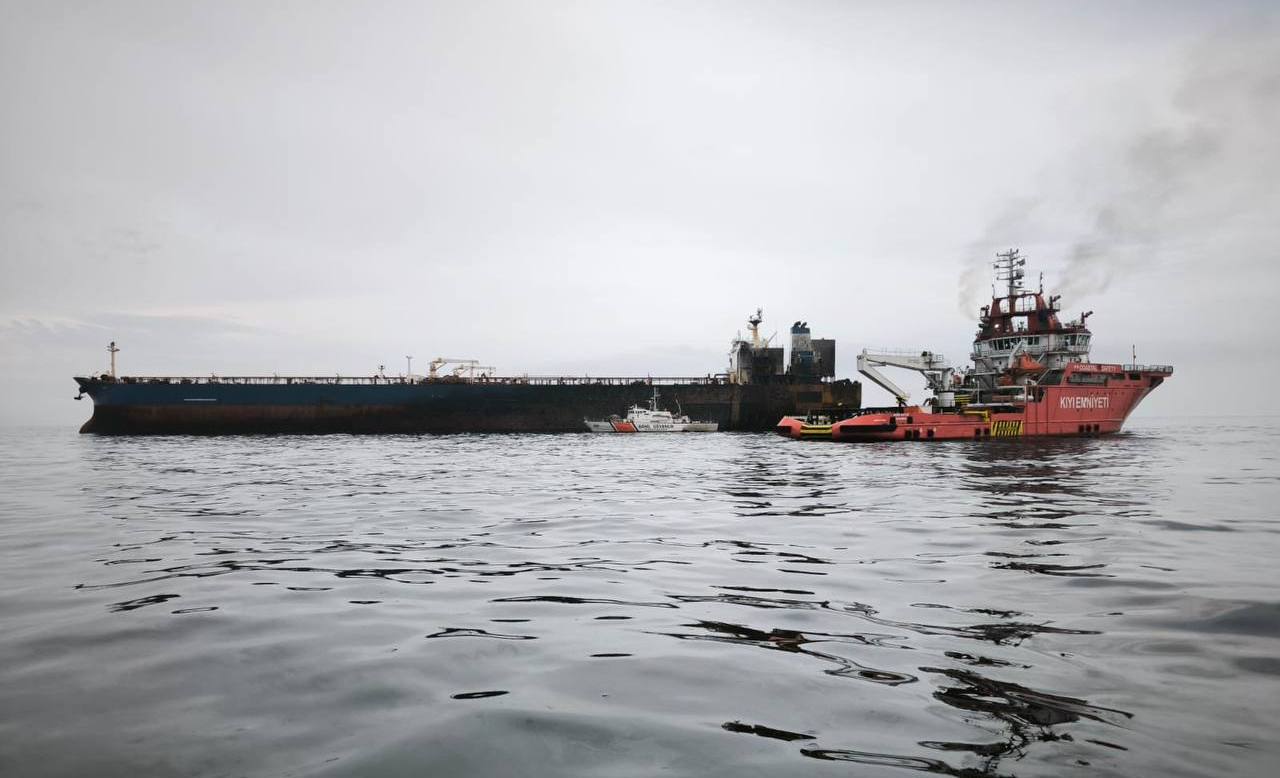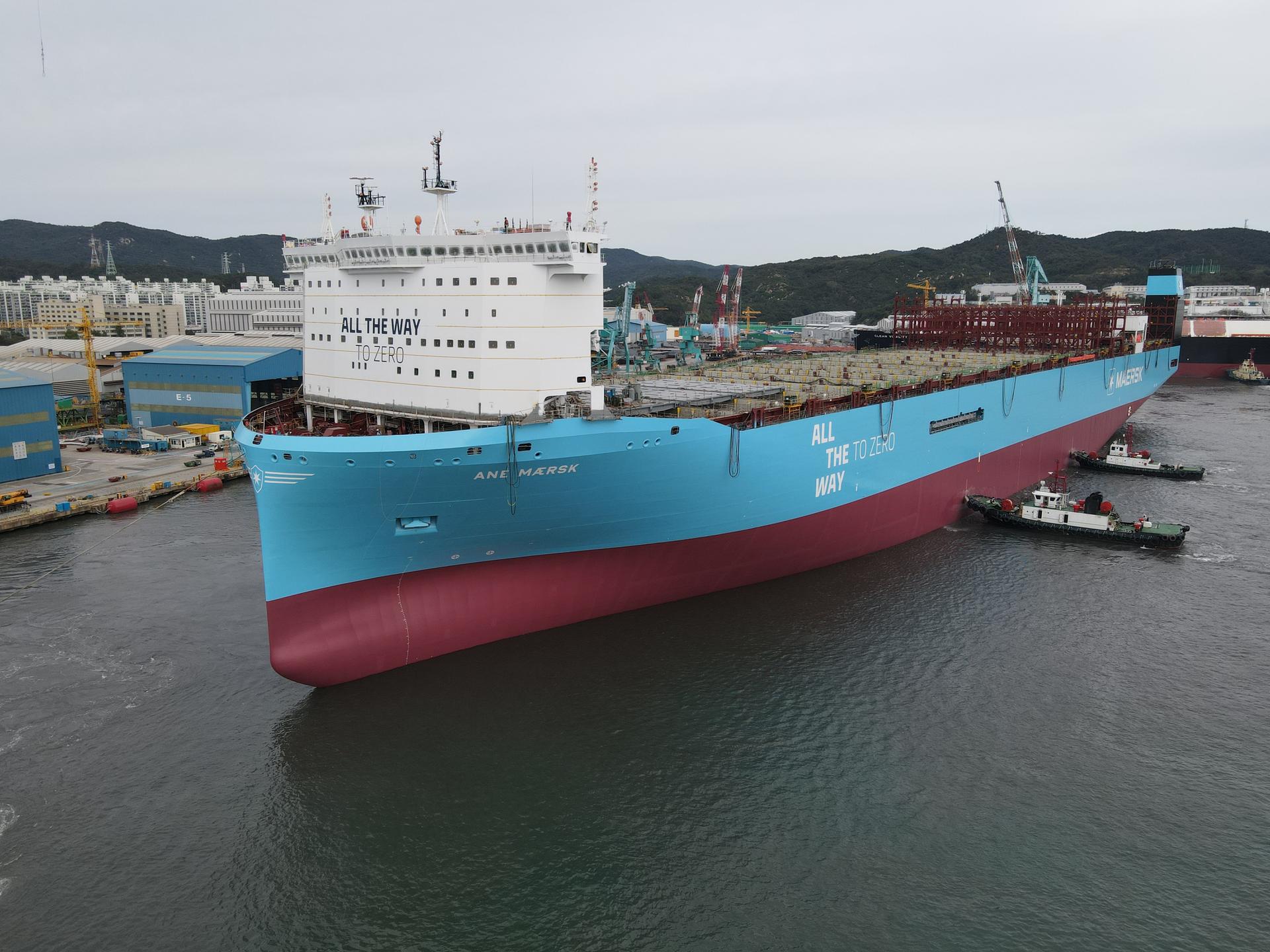By Gavin van Marle (The Loadstar) – Due to China’s Golden Week holiday, underway since Wednesday, there was no Shanghai Containerised Freight Index (SCFI) this week – however, Drewry’s World Container Index (WCI) showed another week of spot rate declines on the main east-west trades.
The WCI’s Shanghai-Rotterdam leg lost 7%, to end this week at $1,613 per 40ft, while the Shanghai-Genoa route declined 9% week on week, to finish at $1,804 per 40ft.
These levels are now 58% and 53% respectively below where they were a year ago, and explain recent carrier announcements of new FAK rates scheduled to be implemented on 15 October.
Hapag-Lloyd will introduce a new FAK rate of $1,200 per 20ft and $2,000 per 40ft on Far East-North Europe, and varying between $2,150-$,2,700 on Far East-Mediterranean, depending on destination; while this week MSC announced similar new FAK levels, of $1,320 per 20ft and $2,200 per 40ft on Asia-North Europe, and $2,300 per 20ft and $2,700 per 40ft to the West Mediterranean.
And freight forwarders on the trades report that other carriers have been warning of similar hikes in the coming fortnight, but added that some offers of discounts were already on the table.
“We have seen most carriers now pitch second-half of October levels around the $2,000 per 40ft mark, but we have seen some drop a little already from initial offers, and it’s still only 3 October,” one buyer told The Loadstar.
“I still expect carriers to reduce further, maybe not as low as they are today, but lower than where they want them to be.
“Demand is still low and the measures carriers are taking to reduce capacity are not having enough effect on rate levels to make significant increases, or even hold them,” he added.
On the transpacific routes, the WCI’s Shanghai-Los Angeles leg stood at $2,196 per 40ft, a drop of 5% on the week before, while the Shanghai-New York leg was down 3% week on week, to stand at $3,200 per 40ft, ending a September that analysts at Xeneta termed a “volatile month”.
“Average spot rates on the transpacific trade are now below the levels at the end of August, with the unexpected spike at the beginning of September more than wiped out,” Xeneta chief analyst Peter Sand said.
“The September spot rate spike should act as a reminder that markets are still volatile. Freight rates will continue a steady decline for the rest of 2025, but there is always the potential for drama on the way,” he added, noting the recent decision from Beijing to introduce retaliatory port fees on US shipping calling at its ports.
“China has passed legislation allowing it to take countermeasures against any nation it believes is acting against its national trade interests.
“The lights are still flashing red on the geopolitical dashboard, so it would be foolish for shippers to believe there is no potential for more pain as we look ahead to 2026,” Mr Sand said.
Even the normally stable transatlantic trade appears in trouble, with today’s WCI on the headhaul Rotterdam-New York leg losing another 1% this week, to end on $1,796 per 40ft, and Xeneta noting that westbound spot rates were down 10.2% from the end of August and North Europe to US East Coast is now at a 21-month low and its lowest point since end-2023”.
In response, Hapag-Lloyd today revealed that it is to end its transatlantic Caribbean Express (CES) service at the beginning of next year, “due to current unsustainable market conditions”.
Although the string is largely a Europe-Caribbean routing, it does include two US east coast calls, at Philadelphia and Port Everglades.
The Loadstar is known at the highest levels of logistics and supply chain management as one of the best sources of influential analysis and commentary.

 Join The Club
Join The Club










